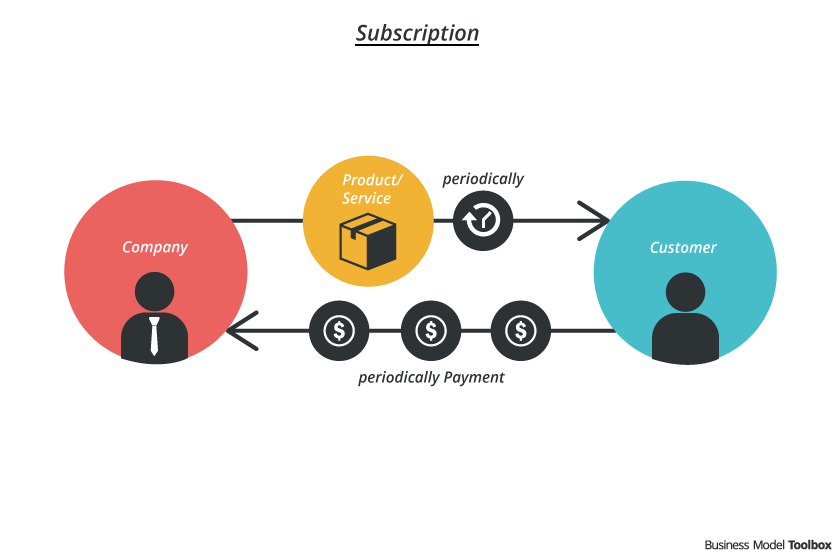Business Model Framework

In addition to the Business Model Canvas, the Business Model Framework focuses on growth and competitive strategy.
Tom Hulme, HackFWD
Description
the value proposition and
who is going to benefit from it.
– Tom Hulme
The Business Model Framework was developed for HackFWD by Tom Hulme – Founder and Board Director of IDEO. The Framework was designed to analyze start-ups and to help provoke creative thought. The tool has been published and used, aiming to focus on other aspects, beyond the value proposition and the customer.
The canvas is divided into nine building blocks. Each building block contains some explanations and prompts with focus on B2C tech businesses.
The tool draws inspiration from different tools, such as the Business Model Canvas, the approach by Gary Hamel and Porter’s 5 Forces. In addition to the Business Model Canvas from Osterwalder & Pigneur, this tool focuses on growth and competitive strategy.
In this video Tom explains how to design a business model and how to apply the framework.
HackFwd: Visualize Your Business Model in 15 Minutes Flat from IDEO.
Based on this framework, HackFWD introduced an on-line tool, called ”Phase 2 Generator“, for developing and sharing business models. It was taken off-line soon after HackFWD announced it was shutting down.
Strengths
- Easy to apply
- Easy to understand the general structure
- Strategic components for growth and competitive strategy
- Easy to compare different business model frameworks
- Comprehensive high-level overview
- High-level relations between components is visible
Weakness
- Value exchange between different actors is not visible
- No team or cultural aspects (only within resources)
- Missing building blocks for special usage, such as sustainable business models
Application
View on Responsibility
Resources
- Blog Post on HackFWD: evaluating-startups
- Video HackFwd: Visualize Your Business Model in 15 Minutes Flat


